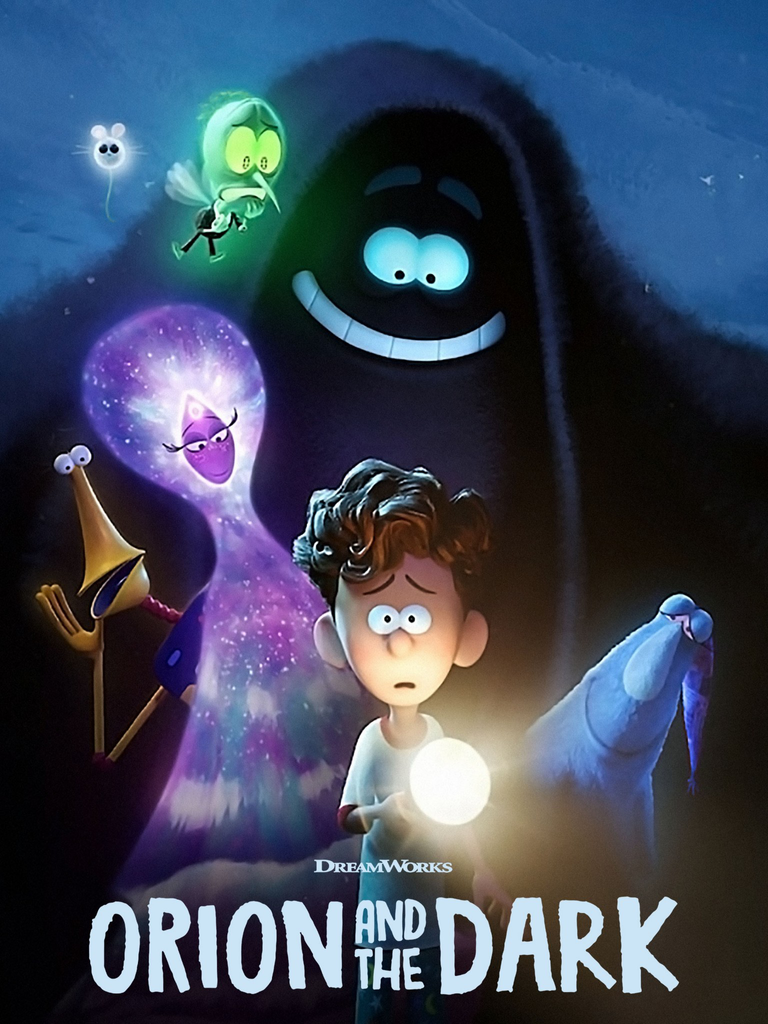Mastermind's review: Orion and the Dark
Netflix will start streaming Orion and the Dark, an animated feature picture written and directed by Charlie Kaufman and Sean Charmatz, on February 2, 2023. The movie, which is based on an illustrated children's book by Emma Yarlett, follows the tale of little Orion, who, after meeting a kindly personification of the dark, conquers his dread of the dark.
Kaufman transforms this tale to fit his own lyrical style. From a preschooler to an eleven-year-old pre-adolescent, Orion has a lot of anxiety and phobias, which he uses as an outlet for his drawings. This makes him resemble a classic Kaufmanian protagonist—a sensitive, slightly isolated artist.
He also has feelings for a young girl, but he is afraid to tell her that he is in love. Considering how the tale unfolds, Kaufman weaves the concept of relationships' difficulties—as well as the universal power of love and family—into the children's book's plot. A group of associates known as Insomnia, Quiet, Sleep, Mysterious Noises, and Sweet Dreams accompany Dark, the metaphysical force that makes itself known to Orion. These individuals bear some resemblance to the characters from Inside Out. In fact, the DreamWorks-produced feature picture looks a lot like a cross between a classic Pixar movie and Kaufman's usual poetics.
The design presented by Dark's colleagues is dull, and overall, they don't contribute much to the story—aside from an occasionally humorous, occasionally bland aftertaste. Although there are plenty of lyrical visuals, everything is built on a surrealist tone rather than a wonderful one from a visual perspective. The movie is technically sound, with some really fantastic CGI animation, and some really intriguing dream sequences. For instance, Tim Burton's aesthetics are largely responsible for the believable and captivating sequence of the dream that turns into a nightmare due to its creativity and surrealist intensity. Although the direction is highly professional, it does a good job of tracking how notions and ideas develop rather than necessarily following a normal, linear path.
Vote 3/5
